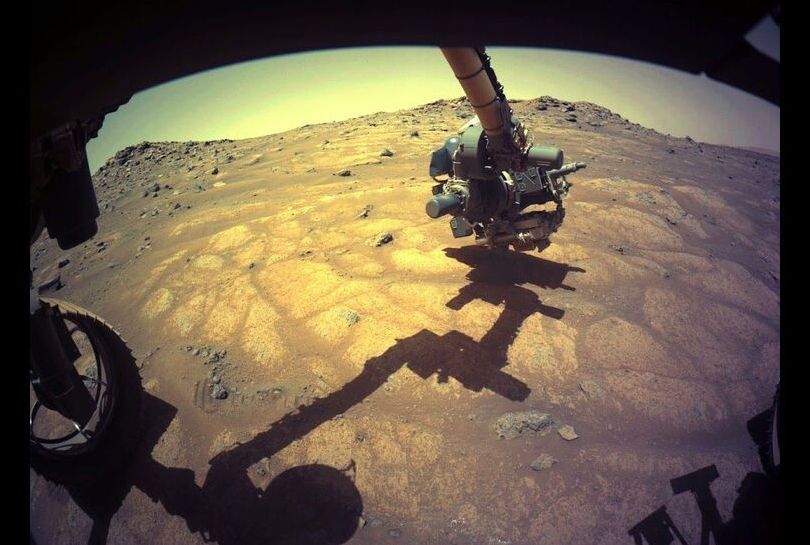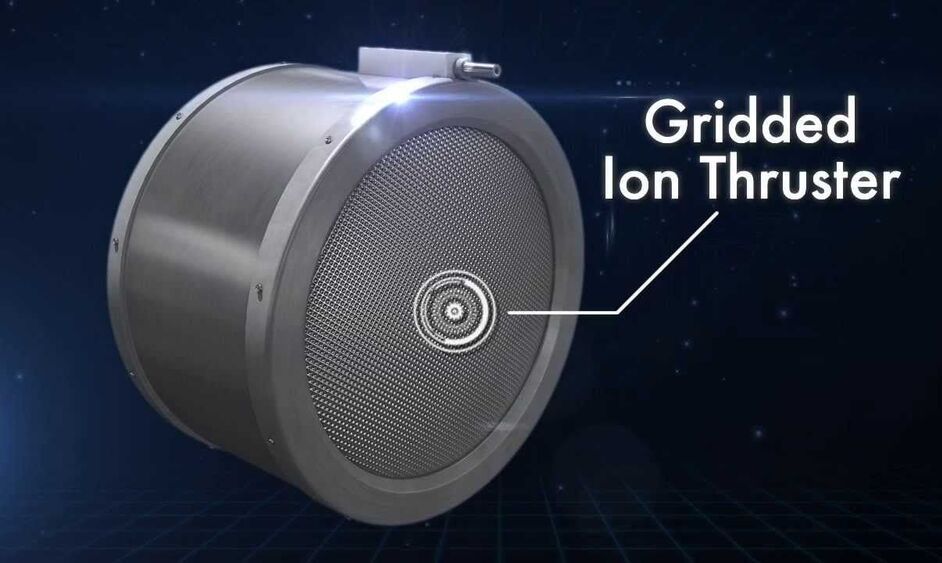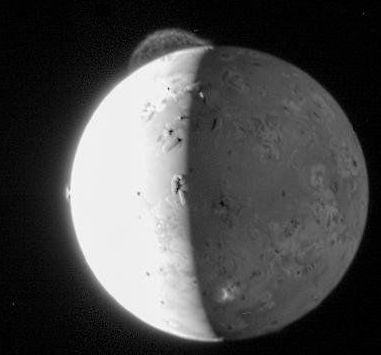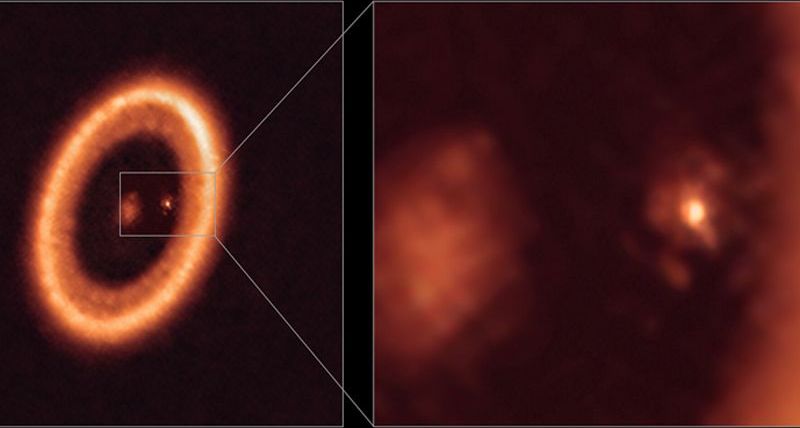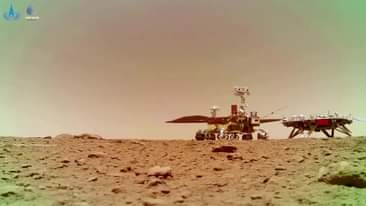On July 20th, 2021 NASA’s Perseverance Mars Rover transmitted new images from Red Planet trying to collect first sample. Rover currently studying geological features of “Crater Floor Fractured Rough” area. While the rocks located in this geologic unit are not great time capsules for organics, NASA’s scientists believe they have been around since the formation of Jezero Crater and incredibly valuable to fill gaps in our geologic understanding of this region – things we’ll desperately need to know if we find life once existed on Mars. Photo of tube located in Mars rock was taken by Perseverance Rover on Sol 148.
Credit: nasa.gov, NASA/JPL-Caltech, NASA/JPL-Caltech/ASU
Source for NASA’s Perseverance Mars mission: https://mars.nasa.gov/mars2020/spacecraft/rover/
#mars #perseverance #rover

